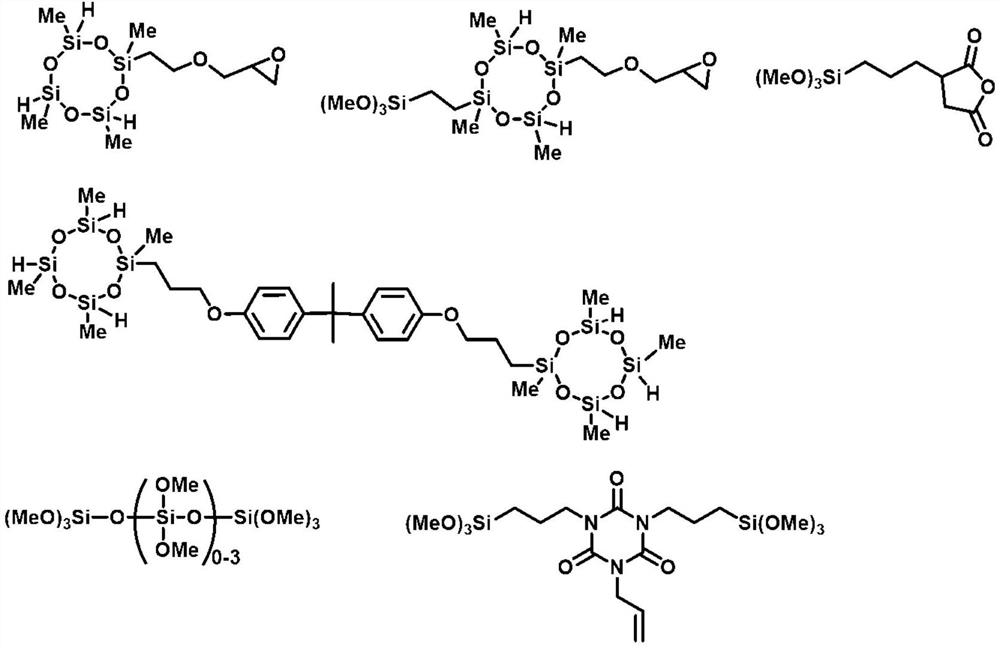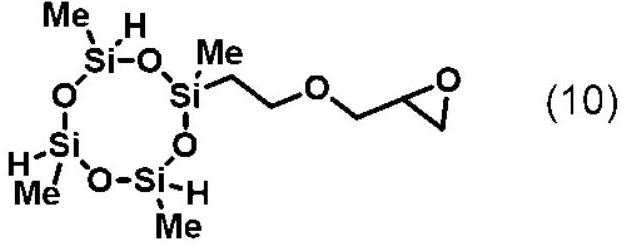Ultraviolet ray-curable silicone adhesive agent composition, and method for producing laminate
A technology of adhesive layer and ultraviolet rays, applied in the direction of adhesives, non-polymer adhesive additives, adhesive additives, etc., can solve the problems of reduced resin strength, lack of adhesion to substrates, and reduced adhesion
- Summary
- Abstract
- Description
- Claims
- Application Information
AI Technical Summary
Problems solved by technology
Method used
Image
Examples
Embodiment 1~3 and comparative example 1~4
[0163] The above components were mixed in the compounding quantities (parts by mass) shown in Table 1 to prepare a silicone adhesive composition.
[0164] [Table 1]
[0165]
[0166] The following tests were implemented for each silicone adhesive composition prepared in each of the above-mentioned Examples and Comparative Examples. These results are shown in Table 2.
[0167] (1) Hardness
[0168] Each silicone adhesive composition prepared in the above-mentioned examples and comparative examples was cast into a glass dish, using a UV-LED lamp with a peak wavelength of 365nm, using 365nm light as an indicator, at 23°C with an irradiation intensity of 100mW / cm 2 and a dose of 1500mJ / cm 2 Each composition was irradiated with ultraviolet rays in a manner. After completion of the irradiation, the composition was left to stand at 23° C. in an air atmosphere for 24 hours to cure the composition.
[0169] About each cured product obtained, the hardness was measured using th...
PUM
| Property | Measurement | Unit |
|---|---|---|
| viscosity | aaaaa | aaaaa |
| viscosity | aaaaa | aaaaa |
| viscosity | aaaaa | aaaaa |
Abstract
Description
Claims
Application Information
 Login to View More
Login to View More - R&D
- Intellectual Property
- Life Sciences
- Materials
- Tech Scout
- Unparalleled Data Quality
- Higher Quality Content
- 60% Fewer Hallucinations
Browse by: Latest US Patents, China's latest patents, Technical Efficacy Thesaurus, Application Domain, Technology Topic, Popular Technical Reports.
© 2025 PatSnap. All rights reserved.Legal|Privacy policy|Modern Slavery Act Transparency Statement|Sitemap|About US| Contact US: help@patsnap.com



